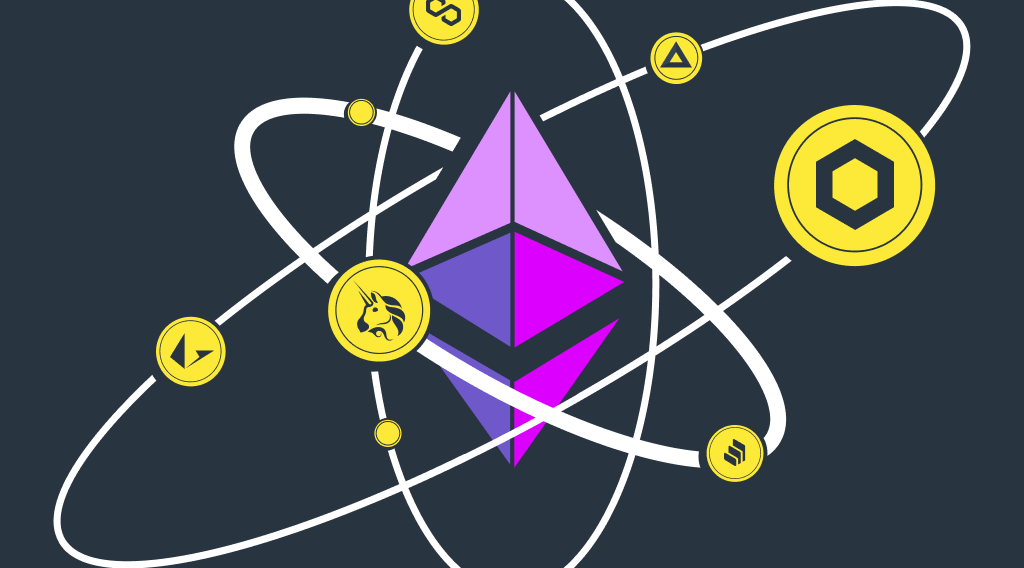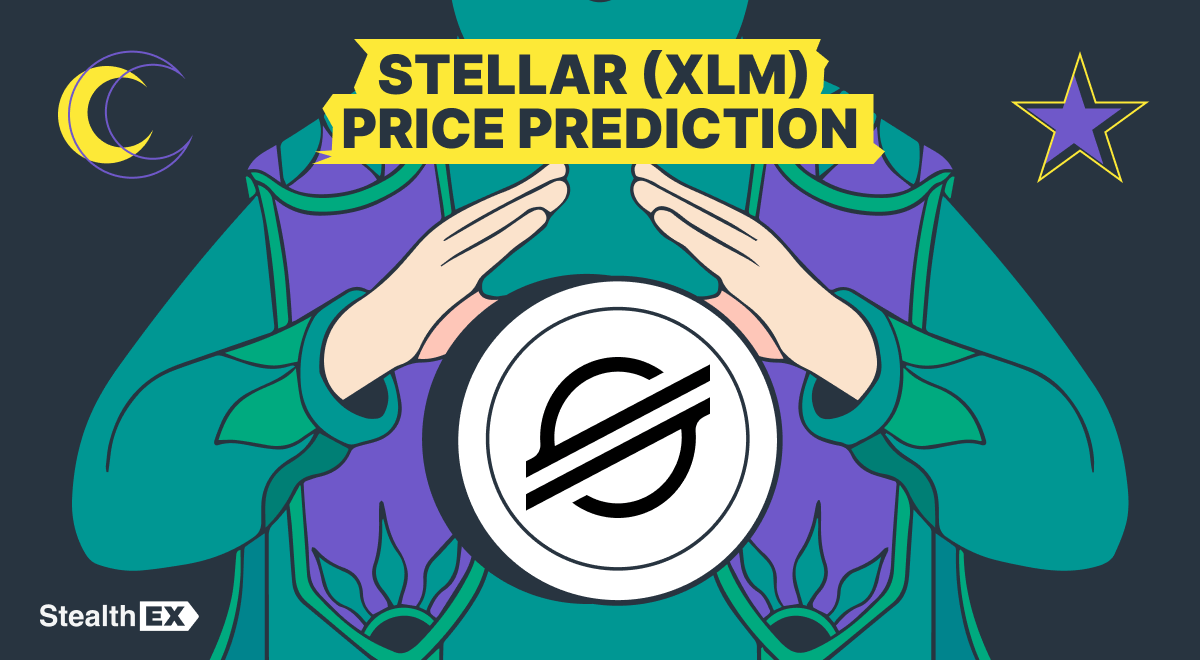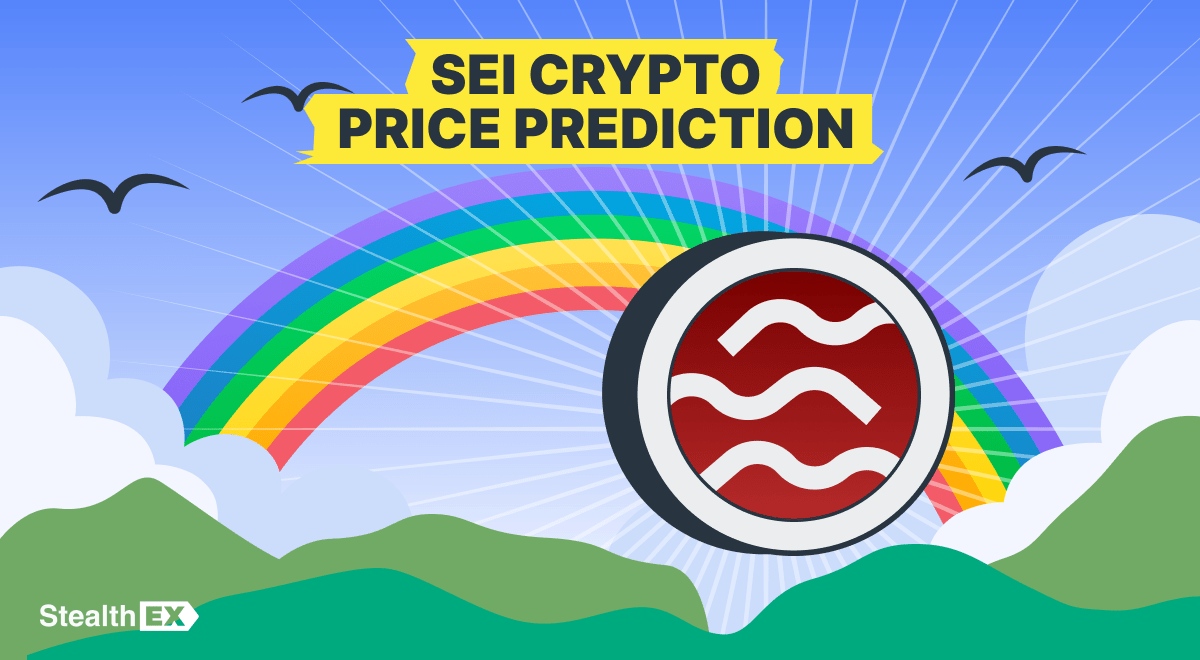What Are ERC-20 Tokens? The Ethereum Token Standard

As we mentioned before, there’re different types of blockchains. Depending on their category, they can have a variety of tokens attached to them. In this article, we will further explore the ERC-20 tokens standard and take a look at some of them.

Article contents
What Are ERC-20 Tokens?
Simply put, ERC-20 tokens are the standard tokens used on the Ethereum chain. Ethereum is not just a blockchain, like Bitcoin; it is a platform. It offers a possibility for other tokens to run on top of it. In addition, dApps can be built atop it using smart contracts.
Over time, ETH became the second largest network and as the project’s popularity became apparent, programmers developed a way for miscellaneous smart contracts to interact with each other. As a result, they created ERC-20 tokens, which became the ultimate standard, a set of rules that make it easier for contracts to interact. Since the ERC-20 token standard was finalized, over 500,000 tokens compatible with it have been issued.
Thanks to the ERC-20 token standard, developers can create their own tokens on the Ethereum network. Many companies have released their own tokens because the network lets them easily develop blockchain products instead of launching their own cryptocurrency. Some tokens, like Uniswap’s UNI, are set to remain ERC-20 tokens, while other cryptocurrencies, such as EOS or Tron, for instance, have since been transferred to their own blockchains.
ERC-20 Tokens: Features
Standard tokens of this type have the following properties:
- Fungible: The code of each individual token is the same as any other, though transaction histories can be used to identify and separate out the tokens involved.
- Transferable: They can be sent from one address to another.
- Fixed supply: A fixed number of tokens must be created so that developers cannot issue more tokens and raise the supply.
List of ERC-20 Tokens
Let’s take a look at the Top-10 most popular tokens that run on Ethereum. They will be sorted by their market cap, starting with Ethereum. Here’s your ERC-20 tokens list.
Ethereum (ETH)
Ethereum is an open-source, distributed software platform that is based on blockchain technology. It has its own native cryptocurrency called Ether (ETH) with a market cap of $156.1B. Ethereum is Bitcoin’s main competitor.
Cryptocurrency researcher and Ethereum founder Vitalik Buterin first described Ethereum in a proposal in 2013 that suggested the addition of a scripting language for programming to Bitcoin. Ethereum’s development was funded by an online crowdsale, which is crowdfunding done through issuing cryptocurrency tokens, and the project came online on July 30, 2015.
As we mentioned earlier, Ethereum enables developers to build decentralized applications. Miners used to produce Ether tokens and to pay for usage fees on the Ethereum network. However, the Merge, a long-awaited update which promised to slash Ethereum’s vast energy consumption, has instead pushed miners towards other cryptocurrencies. The platform also supports smart contracts, which are a type of digital contract.
Shiba Inu (SHIB)
Shiba Inu (SHIB) with a market cap of $6.3B is the first popular dog coin that followed Dogecoin, one of the first fun meme coins. Unlike Dogecoin (DOGE), it does not run on its own blockchain: SHIB is an ERC-20 token that works on top of Ethereum (ETH). The token’s developers transferred 50% of its liquid supply to Vitalik Buterin.
Currently, Shiba Inu (SHIB) is the only meme cryptocurrency that underpins the ‘real’ DeFi ecosystem with an NFT incubator and marketplace, yield farming module, and decentralized crypto exchange ShibaSwap.
Wrapped Bitcoin (WBTC)
Wrapped Bitcoin (WBTC) with a market cap of $4.7B is a converted version of Bitcoin that can be used on Ethereum’s growing network of decentralized applications.
The WBTC token was built using Ethereum’s ERC-20 token standard to provide Bitcoin liquidity to the DeFi ecosystem. Cryptocurrency users who only owned Bitcoin were previously unable to access and use the DeFi dApps being built on the Ethereum protocol can tap into the larger market capitalization and higher trading volume of the Bitcoin community through WBTC Ethereum tokens. You can read more about this token in one of our articles – ‘What is Wrapped Bitcoin WBTC and other wrapped coins?‘.
Uniswap (UNI)
UNI has a market cap of $4.2B. It’s a token for the Ethereum-based decentralized exchange called Uniswap. It’s a governance token, so owners can participate in decisions on how the platform is governed. Uniswap launched its token in September 2020.
Uniswap (UNI) has a current token supply of 1,000,000,000 UNI. All of these UNI tokens will become available over the course of four years. After four years, when all of these tokens have been distributed, Uniswap will introduce an inflation rate of 2% per year in order to maintain network participation. 60% of the 1 billion UNI token supply was airdropped to Uniswap community members (ETH addresses that had actively traded with the Uniswap protocol). The remaining 40% will be distributed to team members, investors, and advisors according to a 4-year plan.
Chainlink (LINK)
With a market cap of 3.3B Chainlink’s LINK token is an ERC677 token, an extension of ERC20. Chainlink is a decentralized oracle network. The external data providers that share the work on the network are what are dubbed ‘oracles.’ These oracles allow Chainlink smart contracts to receive accurate data from external (non-blockchain) sources, such as any kind of API and some other types of external data feeds.
LINK is an ERC-20 token that’s used to pay for and ensure the accuracy of this oracle service on the Chainlink network. First created in 2017, the token provides accurate external data to blockchains. Though originating on Ethereum (ETH), Chainlink has been designed to work across any blockchain that has smart contract functionality.
Polygon ERC20 (MATICERC20)
MATIC is a popular ERC-20 token with a market cap of $1.6B. The Polygon ERC20 token is an Ethereum-based altcoin that empowers the Polygon network. As the Ethereum blockchain experiences a high volume of transactions regularly, this has caused the network to become congested, resulting in a lower performance with higher transaction fees. Polygon aims to improve user experience by providing a Layer 2 (L2) scaling solution to the Ethereum blockchain.
With the help of smart contracts, Ethereum can be converted back and forth to Polygon ERC20 coins, enabling a scalable Ethereum ecosystem. Polygon was initially launched as the Matic network in 2017. It uses sidechaining to improve scalability. In February 2021, the Matic network was renamed Polygon and relaunched as a platform to build interconnected blockchain networks based on Ethereum.
Maker (MKR)
At the moment, MKR token has a market cap of $617.5M. The Maker coin (MKR) is the cryptocurrency native to the Maker platform. It operates alongside another coin which exists on the same platform – Dai, which is a decentralized stablecoin based on the Ethereum blockchain. The Dai stablecoin went live in December 2017.
Dai aims to correct the issues relating to the volatility of regular cryptocurrencies which prevents them from becoming mainstream means of payment. Maker coins serve as governance tokens which guarantee their owners the right to vote on any important decision related to the platform. These include risk management, payment of Dai loans or setting the debt ratio. If a crypto user wants to take the loan in Dai, the Maker coin is used for the payment of related 1% interest rate.
Basic Attention Token (BAT)
BAT token with a market cap of $452.2M is attached to a fully functional browser called Brave. It’s a token that seeks to reward both users and advertisers. Users watch ads and get paid accordingly, while creators get rewarded for how much user attention they capture. BAT is a way to monetize attention in what is sometimes referred to as ‘the attention economy.’
BAT’s reward feature is only available on the privacy-centric Brave Web browser. This useful tool blocks third-party ads and trackers by default and has native integration with Tor, the infamous Dark Web browser. BAT is also used to purchase ad space and tip content creators within Brave.
Compound (COMP)
COMP token with a market cap of $432.4M started the ‘DeFi summer’ back in May 2020 with its liquidity mining program of COMP tokens. All users who took part in this program were rewarded for lending and borrowing in the form of COMP tokens.
Users can earn COMP when they borrow or lend cryptocurrencies on the Compound platform. This happens because borrowing and lending cryptocurrencies result in the users earning COMP tokens and with these taken they can earn a higher percentage of APY of COMP. With precise calculations, users are basically paid to take out loans.
Loopring (LRC)
Loopring has a market cap of $405.5M. LRC crypto is an Ethereum Layer-2 scaling protocol that enables the building of decentralized exchanges which rival centralized exchanges in terms of performance. Loopring (LRC) was founded in 2017, and the initial coin offering (ICO) for Loopring took place in August 2017, raising $45 million. However, most of the funds raised were returned to ICO participants due to China’s tightening regulations. The rest was used for development of the protocol by the Loopring Foundation, a non-profit operating out of Shanghai.
In December 2019, the protocol transitioned from Loopring 2.0 to Loopring 3.0, leading to an almost 1000x improvement in efficiency. It also partnered with Bitcoin to integrate oracles in the same month. After struggling to find third parties to build DEXs on the protocol, Loopring released their own decentralized exchange in February 2020. The non-custodial Loopring Exchange is based on both orderbook and automated market maker (AMM) trading and also functions as a payment app.
Conclusion
ERC-20 tokens are widely used and as long as Ethereum stands strong, they have every chance to prosper. If anything, their biggest threat is from the enemy within new Ethereum standards. Only the most innovative tokens can win the crypto race.
Where to Buy ERC-20 Tokens?
StealthEX is here to help you buy the most popular ERC 20 tokens. You can do this privately and without the need to sign up for the service. Our crypto collection has more than 600 different coins and you can do wallet-to-wallet transfers instantly and problem-free.
Just go to StealthEX and follow these easy steps:
- Choose the pair and the amount you want to exchange. For instance, BTC to ETH.
- Press the “Start exchange” button.
- Provide the recipient address to transfer your crypto to.
- Process the transaction.
- Receive your crypto coins.
Follow us on Medium, Twitter, Telegram, YouTube, and Reddit to stay updated about the latest news on StealthEX.io and the rest of the crypto world.
Don’t forget to do your own research before buying any crypto. The views and opinions expressed in this article are solely those of the author.
crypto world ERC-20 ETH Ethereum TokenRecent Articles on Cryptocurrency
 XLM Price Prediction: Can Stellar Lumens Reach $10?
XLM Price Prediction: Can Stellar Lumens Reach $10?  SEI Price Prediction: Is Sei Crypto a Good Investment?
SEI Price Prediction: Is Sei Crypto a Good Investment? 
